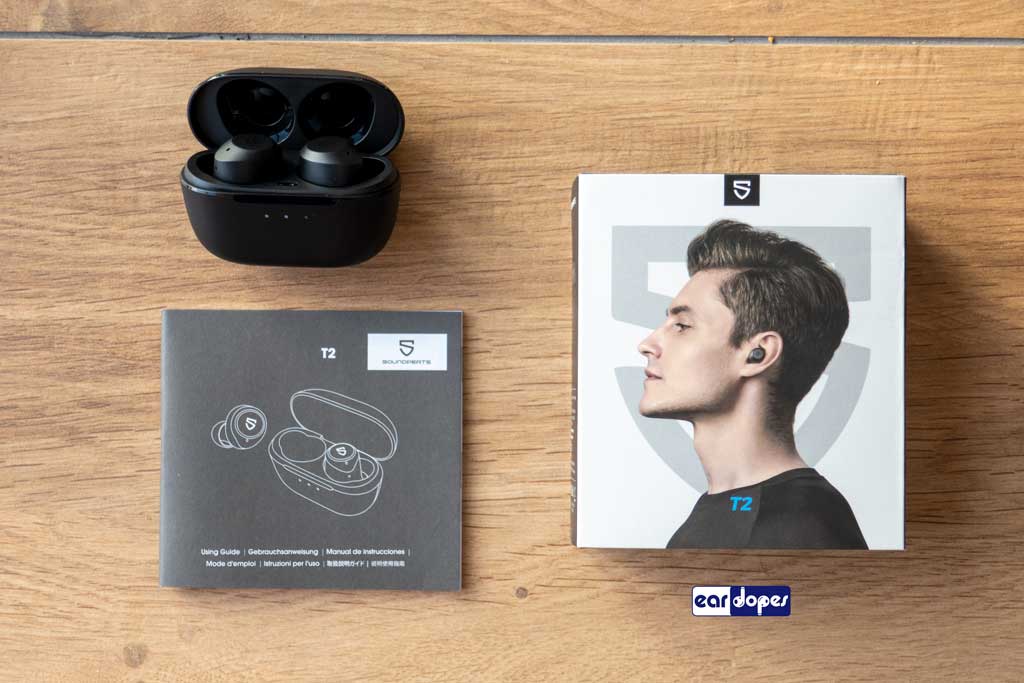Mushrooms, sometimes organic magic shrooms, are fleshy bodies of fungus that grow above ground on soil or on a food source. They are separated from the plant world in a kingdom all their own called Myceteae because they do not contain chlorophyll like green plants.
Without the process of photosynthesis, some mushrooms obtain nutrients by breaking down organic matter or by feeding from higher plants. These are known as decomposers. Another sector attacks living plants to kill and consume them and they are called parasites. Edible and poisonous varieties are mycorrhizal and are found on or near roots of trees such as oaks, pines and firs.
For humans, mushrooms may do one of three things-nourish, heal or poison. Few are benign. The three most popular edible versions of this ‘meat of the vegetable world’ are the oyster, morel and chanterelles.
They are used extensively in cuisine from China, Korea, Japan and India. In fact, China is the world’s largest producer cultivating over half of all mushrooms consumed worldwide. Most of the edible variety in our supermarkets have been grown commercially on farms and include shiitake, portobello and enoki.
Eastern medicine, especially traditional Chinese practices, has used mushrooms for centuries. In the U.S., studies were conducted in the early ’60s for possible ways to modulate the immune system and to inhibit tumor growth with extracts used in cancer research.
Mushrooms were also used ritually by the natives of Mesoamerica for thousands of years. Called the ‘flesh of the gods’ by Aztecs, mushrooms were widely consumed in religious ceremonies by cultures throughout the Americas. Cave paintings in Spain and Algeria depict ritualized ingestion dating back as far as 9000 years. Questioned by Christian authorities on both sides of the Atlantic, psilocybin use was suppressed until Western psychiatry rediscovered it after World War II.
A 1957 article in Life Magazine titled “Seeking the Magic Mushroom” spurred the interest of America. The following year, a Swiss scientist named Albert Hofman, identified psilocybin and psilocin as the active compounds in the ‘magic’ mushrooms. This prompted the creation of the Harvard Psilocybin Project led by American psychologist Timothy Leary at Harvard University to study the effects of the compound on humans.
In the quarter century that followed, 40,000 patients were given psilocybin and other hallucinogens such as LSD and mescaline. More than 1,000 research papers were produced. Once the government took notice of the growing subculture open to adopting the use, regulations were enacted.
The Nixon Administration began regulations, which included the Controlled Substances Act of 1970. The law created five schedules of increasing severity under which drugs were to be classified. Psilocybin was put in the most restrictive schedule I along with marijuana and MDMA. Each was defined as having a “high potential for abuse, no currently acceptable medical use and a lack of accepted safety.”
This ended the research for nearly 25 years until recently when studies opened up for potential use in dealing with or resolving PTSD-post-traumatic stress disorder along with anxiety issues. As of June 2014, whole mushrooms or extracts have been studied in 32 human clinical trials registered with the U.S. National Institutes of Health for their potential effects on a variety of diseases and conditions. Some maladies being addressed include cancer, glaucoma, immune functions and inflammatory bowel disease.

